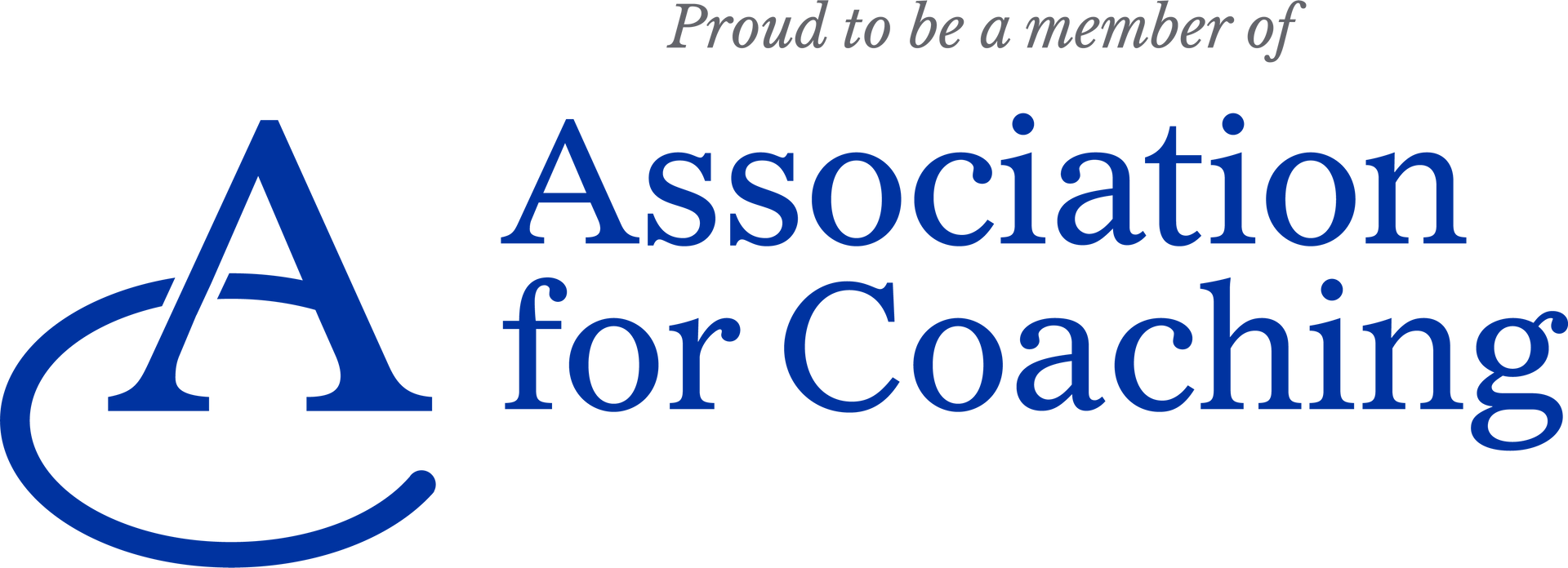Managing Stress as a Leader
Barbra Carlisle • March 16, 2025
Prolonged stress is a disaster for Leaders and their teams

As a leader I am sure you will agree that leadership is a rewarding journey on the whole. However, it’s often a journey that is travelled under significant pressure. The weight of responsibility, decision-making, and managing people can lead to stress that doesn't just impact you but ripples out to your team, organisation, and your family life.
Recognising, understanding, and managing this stress is crucial for sustaining effective leadership and fostering healthy workplace cultures.
The Dynamics of Stress in Leadership
Stress manifests differently for every leader. For some, it may show up as physical symptoms like fatigue, headaches, or difficulty sleeping. For others, it's emotional or behavioural—irritability, indecisiveness, or withdrawal. Prolonged stress can lead to burnout, reduced productivity, and poor decision-making (Harvard Business Review, 2022).
Stress isn’t always about workload.
It can stem from unclear expectations, navigating complex team dynamics, or facing the weight of constant change. The challenge is that leaders often feel they must carry this weight silently, believing vulnerability undermines authority. Yet, the reality is that unaddressed stress can lead to miscommunication, disengagement, and a culture where pressure becomes the norm rather than the exception.
The Ripple Effect of Leadership Stress
Individual Impact: Chronic stress can erode a leader’s health, relationships, and overall wellbeing. It can lead to poor mental health outcomes and diminish one’s sense of purpose and satisfaction in work.
- Family Impact: The stress a leader experiences doesn't stay at the office. It can strain relationships at home, reduce emotional availability, and contribute to feelings of guilt and isolation.
- Team Impact: Leaders set the tone for their teams. Stress can result in less empathetic leadership, strained communication, and a lack of psychological safety. This may discourage innovation and increase turnover.
- Organisational Impact: Persistent stress in leadership can contribute to a toxic culture, poor performance, and higher absenteeism rates. It affects organisational resilience and long-term sustainability (CIPD, 2025).
Recognising Stress
Managing stress starts with awareness. Leaders need to recognise not just when they are under pressure but how it manifests. Reflection is key, as is understanding the unique triggers and patterns that heighten stress levels.
Here, subtle insights from personality frameworks like the 5 Voices can offer valuable guidance. Each leadership style may respond to stress differently. For instance:
• Leaders who prioritise harmony may feel overwhelmed when facing unresolved conflict.
• Leaders who value precision and excellence might experience stress when faced with ambiguity or rushed decisions.
• Vision-oriented leaders could feel trapped if they're bogged down in details.
• Process-driven individuals might struggle when systems break down or when rapid change disrupts routines.
• Empathetic, people-focused leaders may carry the emotional weight of their team's wellbeing.
Understanding these tendencies can help leaders pinpoint when stress is rising and why. It also highlights that there's no one-size-fits-all solution. Managing stress is about recognising what matters most to you and ensuring those needs are met sustainably.
Strategies for Managing Stress
- Pause and Reflect: Take time to identify stress triggers and patterns. Journaling or quiet reflection can help in recognising emotional signals early.
- Connect with Peers: Leadership can be lonely. Building networks where honest conversations are welcomed can provide perspective and reduce isolation.
- Embrace Healthy Boundaries: Knowing when to switch off is vital. Leaders who model balance encourage the same for their teams.
- Reframe Pressure: Sometimes, changing the narrative around challenges can reduce their emotional weight. This doesn't ignore reality but reshapes how it's perceived.
- Coaching Support: Engaging with a coach offers a safe space to explore challenges, build resilience, and develop strategies for maintaining balance. Coaching can provide insights into stress responses and practical ways to manage them without compromising leadership effectiveness.
To summarise
Stress is an inevitable part of leadership, but it doesn't have to define it.
By recognising how stress manifests, understanding personal triggers, and implementing practical strategies, leaders can sustain their wellbeing and lead with clarity and purpose. To help understand what your triggers are why not take our free 5 Voices assessment here
Investing in personal development and seeking coaching support is not a sign of weakness but a commitment to sustainable leadership. It ensures that the leader, their team, and the wider organisation thrive—not in spite of challenges but through navigating them with resilience and authenticity.
Book a call with me here
to talk through what you are experiencing and what you would like to achieve.
Harvard Business Review. (2022). Managing Stress as a Leader.
CIPD. (2025). https://www.cipd.org/uk/knowledge/factsheets/stress-factsheet/
Giant Worldwide. (n.d.). The 5 Voices Framework.




